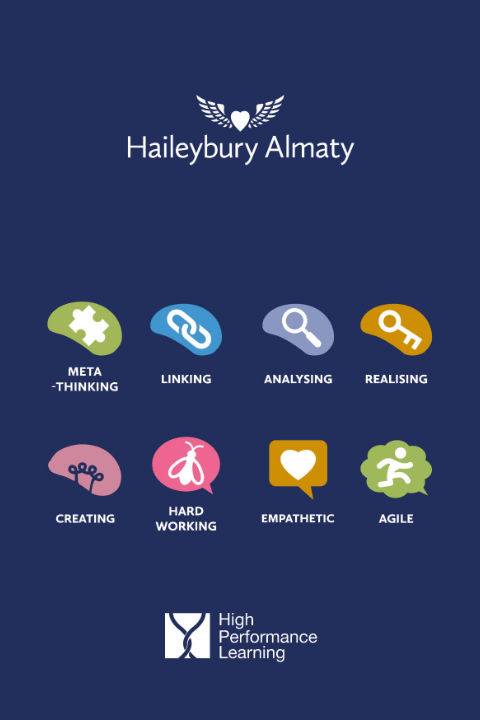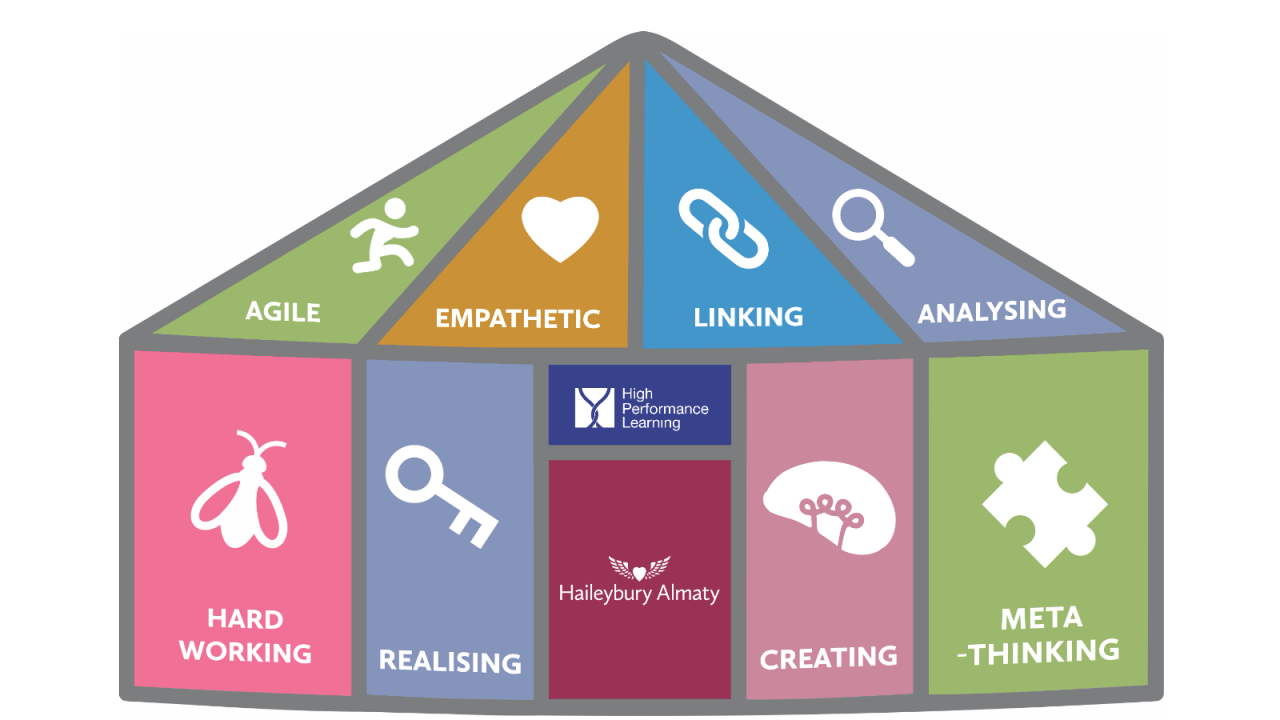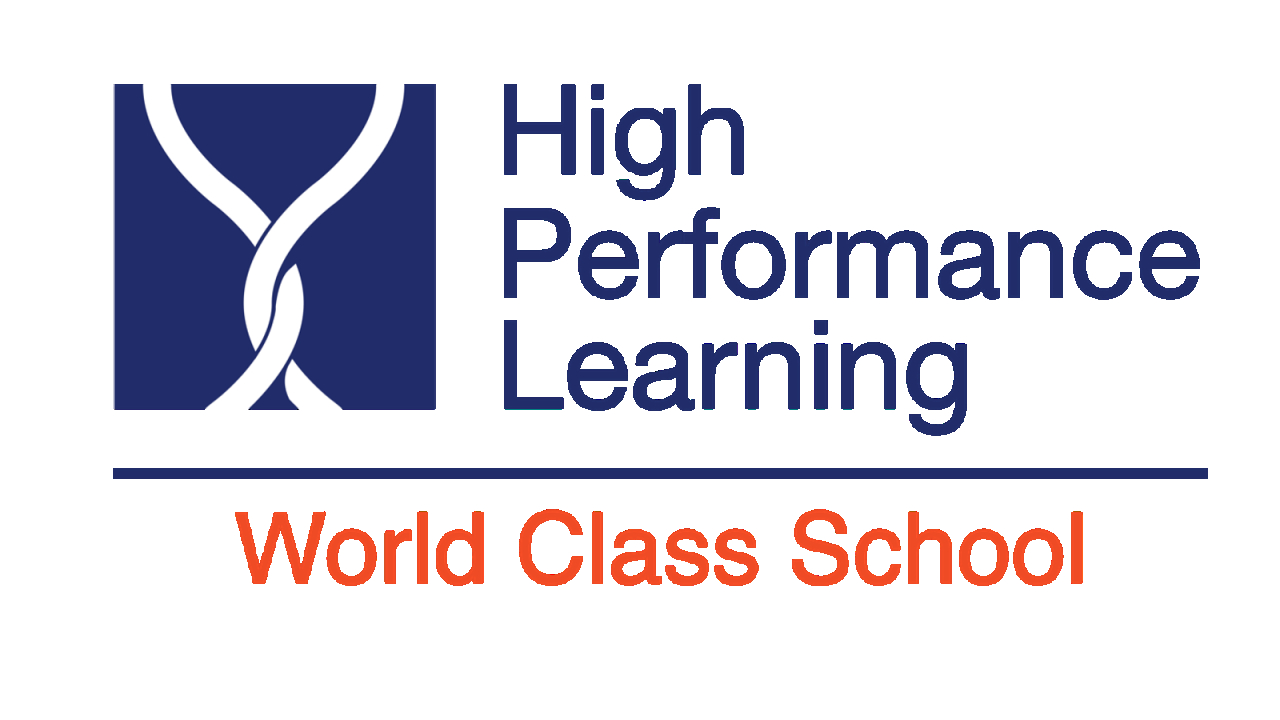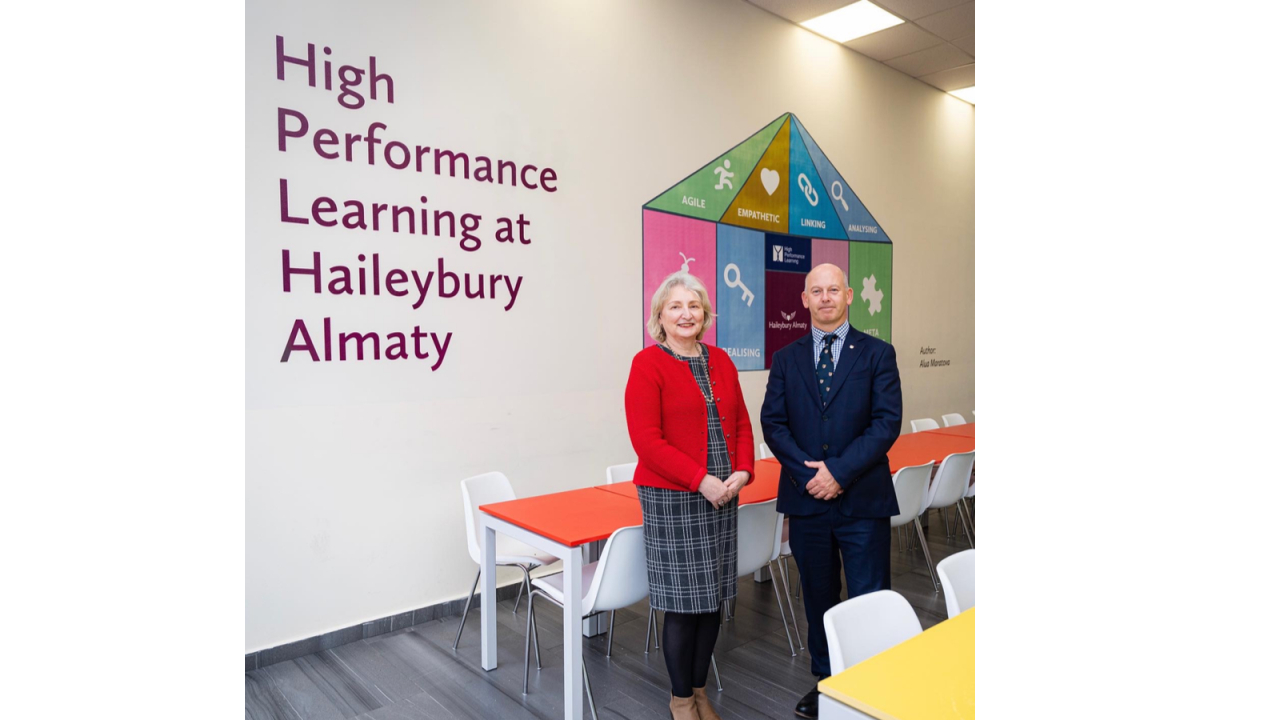- About Haileybury
- Admissions
- Events
- School 3D tour
- News
- Contacts
- Payment
High Performance Learning Overview
"High Performance Learning is for good schools who want to ensure that more of their students reach the highest standards," - Deborah Eyre, Founder and Chair of High Performance Learning.
We are an accredited HPL World Class School using the High Performance Learning philosophy and framework to provide enhanced teaching and learning. World Class status indicates that we are one of the leading schools in the world.
High Performance Learning (HPL) is a mission-driven organisation, working with schools and teachers to change the face of education and deliver student high performance for the many - whatever their background - not the few. HPL is a global movement for change, for any school, any age, in any country. It operates in conjunction with any subject or curriculum.
High Performance Learning theory suggests that most students are capable of achieving the high levels of academic performance once seen as the domain of the very few and that the role of a school is to help students make this a reality.

So how will this programme work in our school?
Each month we will focus on one of the qualities of a first-class learner:
Values Attitudes and Attributes (VAAs) - “How Great Learners Behave”
- Hard Working
- Empathy
- Agility

Advanced Cognitive Practices (ACPs) - “How Great Learners Think “
- Linking
- Meta-thinking
- Analysing
- Creating
- Realising
What would you like to do?


